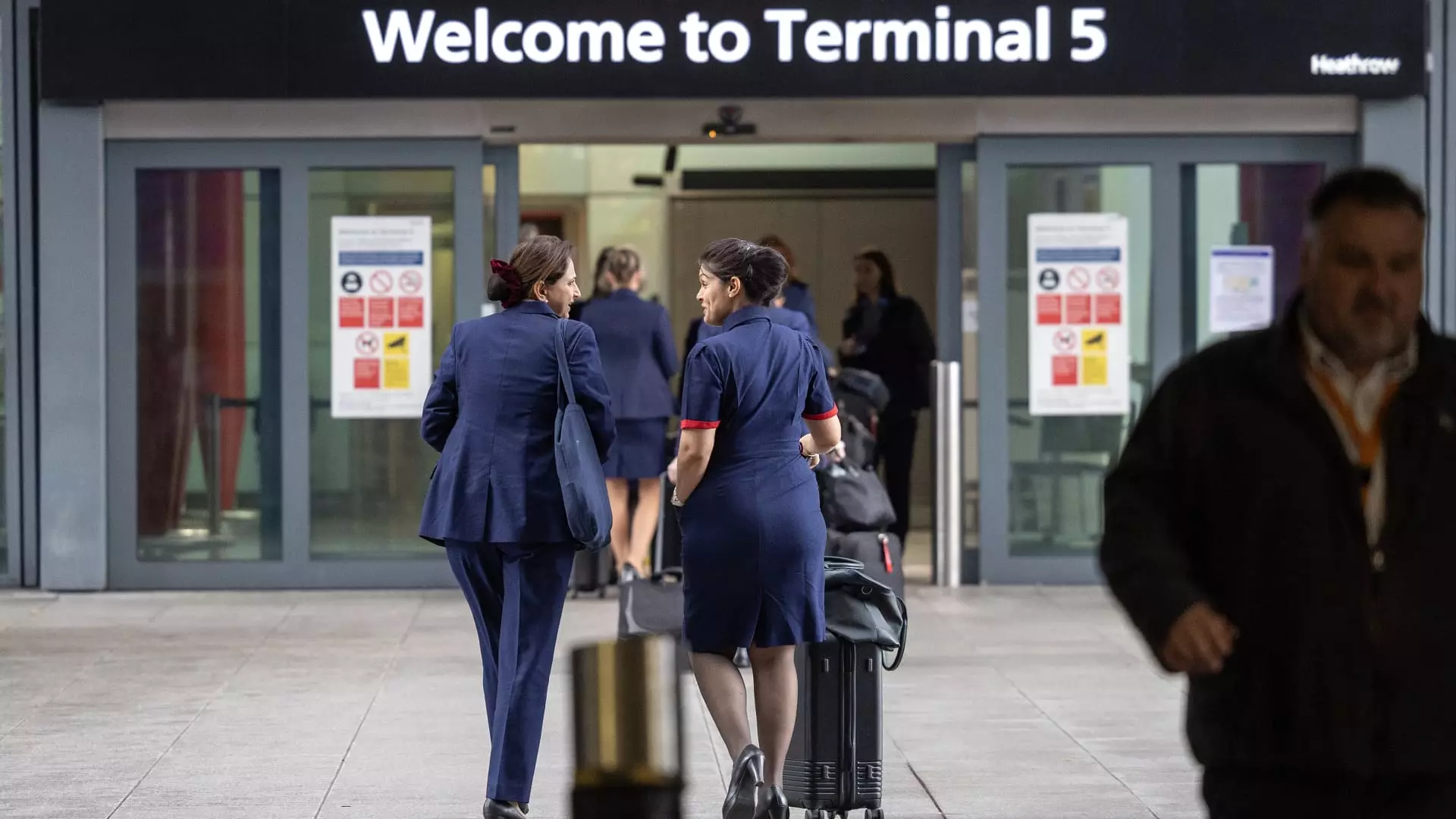On a seemingly normal Friday, London’s Heathrow Airport, a key global transportation hub, faced an unexpected crisis that would lead to widespread disruption. Following a catastrophic power outage caused by a fire at a nearby electrical substation, the airport was forced to shut its doors, stranding thousands and leading to the cancellation of over 800 flights, according to FlightAware. The events of that day have not only highlighted the fragility of modern infrastructure but also raised urgent questions regarding the operational resilience of major global airports.
Resuming operations late Friday night, Heathrow issued an advisory to travelers, urging them to check with their airlines for the latest updates. This closure revealed the vulnerabilities within critical transport networks, igniting discussions about airport preparedness and disaster recovery strategies that are crucial for maintaining seamless connectivity in today’s fast-paced travel landscape.
The Aftermath: Airlines Race to Resume Operations
In the wake of the reopening, airlines were quick to rally and restore their services amidst what they described as an “extremely complex” recovery operation. British Airways felt the brunt of the closure, reporting that over 50% of its flights were affected. Despite these challenges, the airline remained optimistic, claiming that approximately 85% of Saturday’s schedule would be operational. However, they cautioned passengers to anticipate delays. Their proactive approach exemplified the importance of customer communication during crises, as they implemented flexible rebooking options—a vital service that underscores the necessity of adaptability and customer care in the aviation industry.
Moreover, Virgin Atlantic announced they would be running a near-full schedule with limited cancellations, showcasing the collaborative spirit that airlines often demonstrate during critical operational hurdles. Yet, while flights resumed, the road was fraught with challenges as thousands of distressed travelers sought to reclaim their interrupted journeys. It was evident that the operational complexities posed hurdles not just for airlines but also for the airport staff dedicated to restoring a sense of normalcy amid chaos.
Investigating the Incident: Safety and Accountability
As the dust began to settle, London’s Metropolitan Police launched an investigation into the incident. While authorities assured the public that there was “no indication of foul play,” the counter-terrorism division took the lead given the incident’s potential ramifications for national infrastructure. This development prompted discussions about the accountability processes that need to be in place to ensure public safety at such critical facilities.
Utility company National Grid, which managed the power supply restoration, expressed remorse for the disruption caused, committing to improving network resilience moving forward. The situation raised significant concerns about the structure of power supply systems to vital infrastructures. Many observers criticized the airport’s reliance on a single power source, underscoring the importance of redundancy in essential services. The former CEO of IAG, Willie Walsh, labeled the incident as a “total planning failure,” emphasizing that systematic vulnerabilities must be addressed to safeguard operations against future disruptions.
Lessons for the Future: Rethinking Infrastructure Dependability
This event has become a case study in the need for airports to re-evaluate their emergency response strategies and overall infrastructure dependency. The questions raised are not merely logistical; they delve deep into accountability, passenger rights, and the collective response of stakeholders involved. Stakeholders now face the imperative to devise a fair allocation of costs arising from operational failures, ensuring that airlines are not solely burdened with the financial repercussions of disasters beyond their control.
In a climate where passenger numbers are steadily increasing—Heathrow recorded a stunning 83.9 million passengers last year—it is crucial for airports to mitigate risks associated with operational failures. Enhanced preparedness, comprehensive risk assessments, and a shift towards collaborative planning between airports, airlines, and utility companies will be essential in forging a more resilient transportation network.
As Heathrow navigates through the recovery process, all eyes will be on the airport to see how it manages its responsibilities and implements long-lasting improvements. The resilience showcased by both the personnel on the ground and the airlines reflects the spirit of commitment to recovery. However, this incident serves as a wake-up call regarding the critical need for an integrated approach to infrastructure management that aligns with the growing demands of global travel.


Leave a Reply